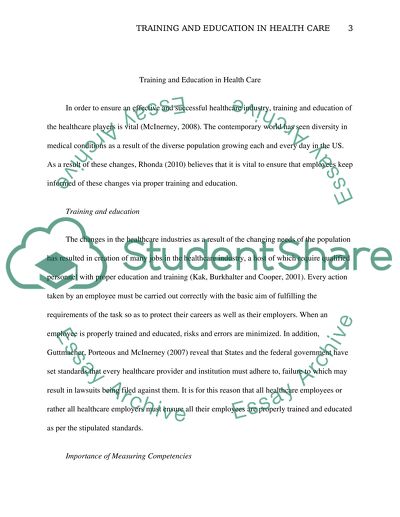Cite this document
(“Training and Development Essay Example | Topics and Well Written Essays - 1000 words”, n.d.)
Retrieved from https://studentshare.org/health-sciences-medicine/1471489-training-and-development
Retrieved from https://studentshare.org/health-sciences-medicine/1471489-training-and-development
(Training and Development Essay Example | Topics and Well Written Essays - 1000 Words)
https://studentshare.org/health-sciences-medicine/1471489-training-and-development.
https://studentshare.org/health-sciences-medicine/1471489-training-and-development.
“Training and Development Essay Example | Topics and Well Written Essays - 1000 Words”, n.d. https://studentshare.org/health-sciences-medicine/1471489-training-and-development.


